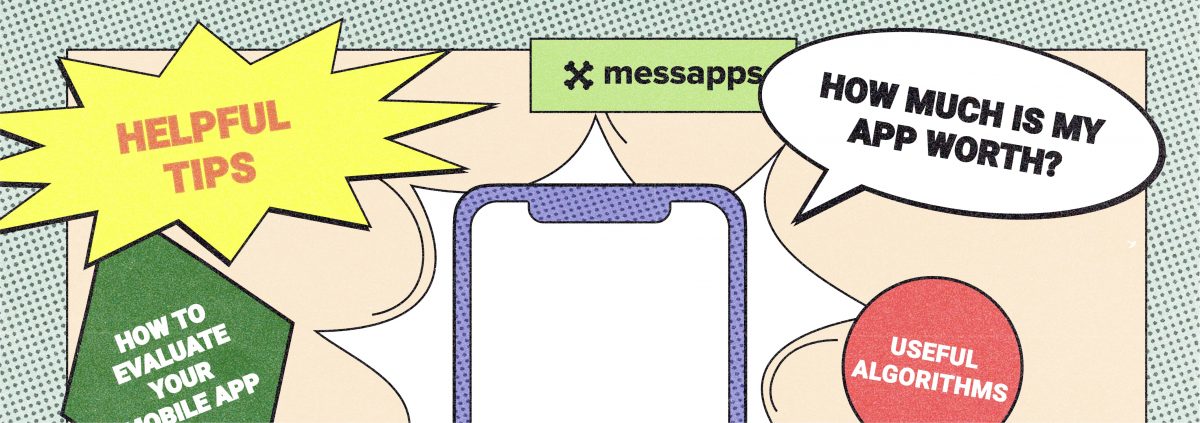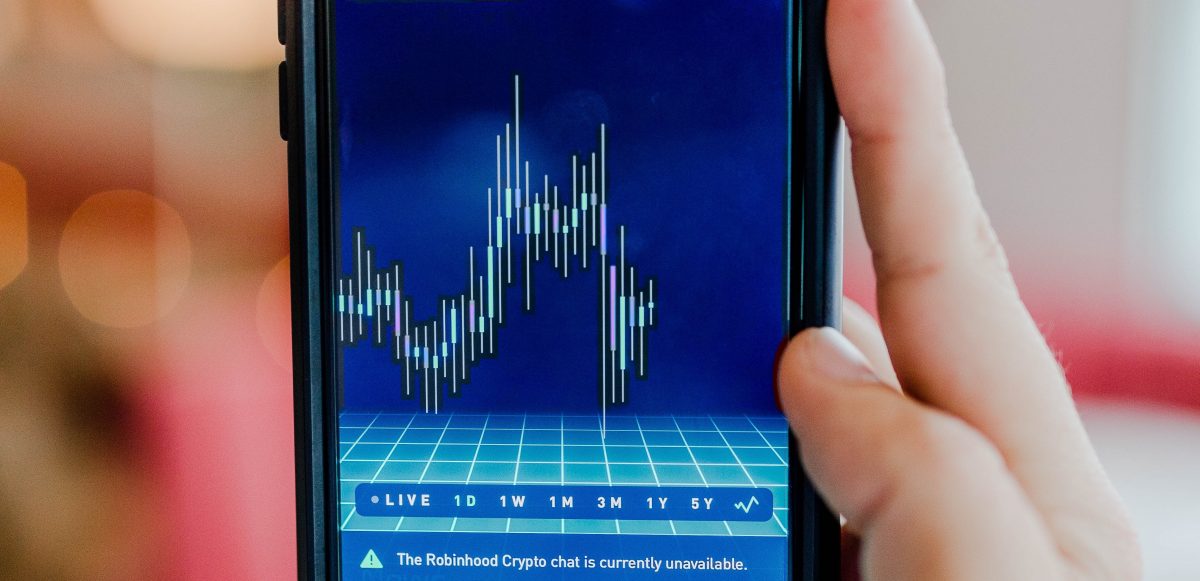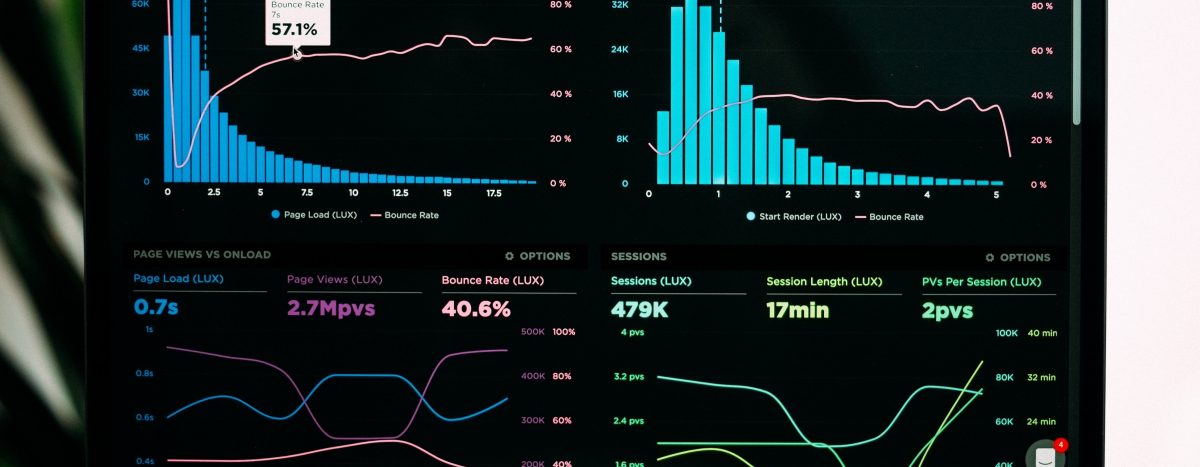Despite how essential analytics is to tracking an app’s success, the App Analytics service being offered for free by Apple is too often neglected by the majority of aspiring apprenuers.
NOTE: To access App Analytics, you’ll need entry to an Apple Developer Account with a Published app; learn how to upgrade your Apple ID into a Developer Account.
With App Analytics you can:
- Gain insight on your app and users through factual and purely objective feedback
- Learn how often potential users visit your app while browsing through the App Store
- Discover the type of devices your app is being used on
- Monitor the amount of time users spend on your app
- Track both your app’s sales from the App Store as well as any in-app purchases
- Filter data by version, date, region, website referrer and more
- Create campaign links and measure which marketing campaigns are the most successful
App Analytics is available for individuals with both an Apple Developer ID and the delegated user permission role of either Admin, Finance, or Sales.
To access App Analytics:
- Sign-in to your Apple Developer Account
. Once inside the iTunes Connect dashboard, click App Analytics. Find and click the App to be analyzed.
How to use App Analytics’s data
Once opened, App Analytics’s Overview tab breaks down your app’s data using 8 different Metrics:
- Impressions: The number of views your app received on the App Store for more than one second, including search results, Featured, Explore, Top Charts and app Product Pageviews.
- Product Page Views: The number of times your app’s App Store page has been viewed on an iOS device.
- App Units: The total amount of first-time app purchases made on the App Store;re-downloads from the same device and/or from the same Apple ID are not included.
- In-app Purchases: The total amount of first-time In-App purchases made from an iOS device.
- Sales: The total amount of revenue accumulated from your app; whether from In-App purchases, app bundles, or the initial price of the app itself.
- Sessions: A value that represents the number of times your app has been used for more than two seconds. This number will only increment upon usage based on whether a user agrees to share their data with you.
- Active Devices: The number of sessions that are running during a chosen period of time. This number is also based on app users who agree to share their data with you.
- Crashes: the total number of crashes that occur during a selected period of time. By clicking the small prompt at the upper-middle portion of this window, a new window with several different selectable.
TimeFilters should appear. Mine’s currently toggled to display all data collected between the app’s launch date (Apr 1) and today (Jul 20). Located at the bottom-most portion of the screen is an aggregation of data concerning user devices. You can focus on particular metrics and refine the data by toggling through different filters. First, click the Metrics tab at the upper-left-hand side of the UI. This tab essentially offers a more acute and refined look at each metric of data over time. You can also compare different Metrics and save them under Saved Views for ease of access in the future. A great saved view to consider is App Units compared to Impressions.
App Units/Impressions = Conversion Rate, or the total amount of Potential Users that bought or downloaded the app and converted into Actual Users. Feel free to explore and discover different combinations of metrics! Solve the mystery of where your installs are coming from and which marketing avenues are the most effective: start by clicking the Sources tab. Embedded within the Sources tab, the Top Websites sub-tab contains a list of websites that refer visitors back to your app’s page on the App Store. The websites can either be ordered based on their Names or by the amount of Impressions, App Units, Sales and Sessions that they’ve generated. This data is useful for tracking which websites are attracting the most users while also helping to identify those demographics.
NOTE: data pertaining to Session length may only be collected from those users who agree to share their usage information with developers; in this example, only 42% of users have agreed to do so
Located beside the Top Websites tab, Top Campaigns features a list of each Campaign Link that you’ve created.
Next, double-check that the proper app is selected and type in an alphanumeric Campaign ID that doesn’t exceed 40 characters. We suggest that you refrain from incorporating spaces to save room; it also helps to tailor the ID in a way that best reflects its function. For instance; if I wanted to generate a new link to incorporate into a Facebook post, a fitting ID might be “facebookJuly20”.
Simply copy the Campaign Link and paste it accordingly – nothing more needs to be done.
NOTE:Each link must be visited by at least 5 different users in order for it to be displayed under the Top Campaigns tab for analysis
Retention is the last of the four main tabs in App Analytics.
How well your app retains the interest of its users
The longer users engage with your app, the more likely they are to make In-App purchases and to recommend the app to friends and family. To help analyze how well your app retains the interest of its users, the Retention tab is coded to organize an app’s data using Three main variables: Purchase Date, Devices and Retention Period.
First, select a date from which to analyze your data. This date represents the Purchase Date, drawing upon all users that purchased and installed your app on this date – I’ll pick April 11, 2020, and use that date as a reference point moving forwards. The left-most graph represents the percentage of users that purchased the app on April 11. The very first point on this line-graph indicates that percentage on April 12 or the day following the selected Purchase Date, and every proceeding point represents the day after that of the date preceding it. Notice the change in numbers over time. The percentages listed at each point reflects the ratio of users that still use the app over the total amount of users that installed the app on April 11. The bar graph displayed beside the line-graph and the tiled chart underneath projects the same data in different formats. The tiled chart is titled Daily Retention, but note that this data may not be an accurate representation of your userbase, given that it only represents those of your userbase who opted to allow Apple to collect user data from their devices. Each number extending outward above the tiled columns represents ‘x’ number of days after the date displayed on the left-hand side.
EXAMPLE: the number “1” represents the date April 12 for the “April 11” column. 75% of users that downloaded the app on April 11 used the app the following day, April 12
By clicking a tile, both the line graph and the bar graph will adjust to reflect the data for the tile’s corresponding Purchase Date. Additionally, all data can be refined even further via a Filter; the button is located just below the main upper left-hand pane.
Read more on how to use App Analytics and help monitor and improve your app’s performance today.





